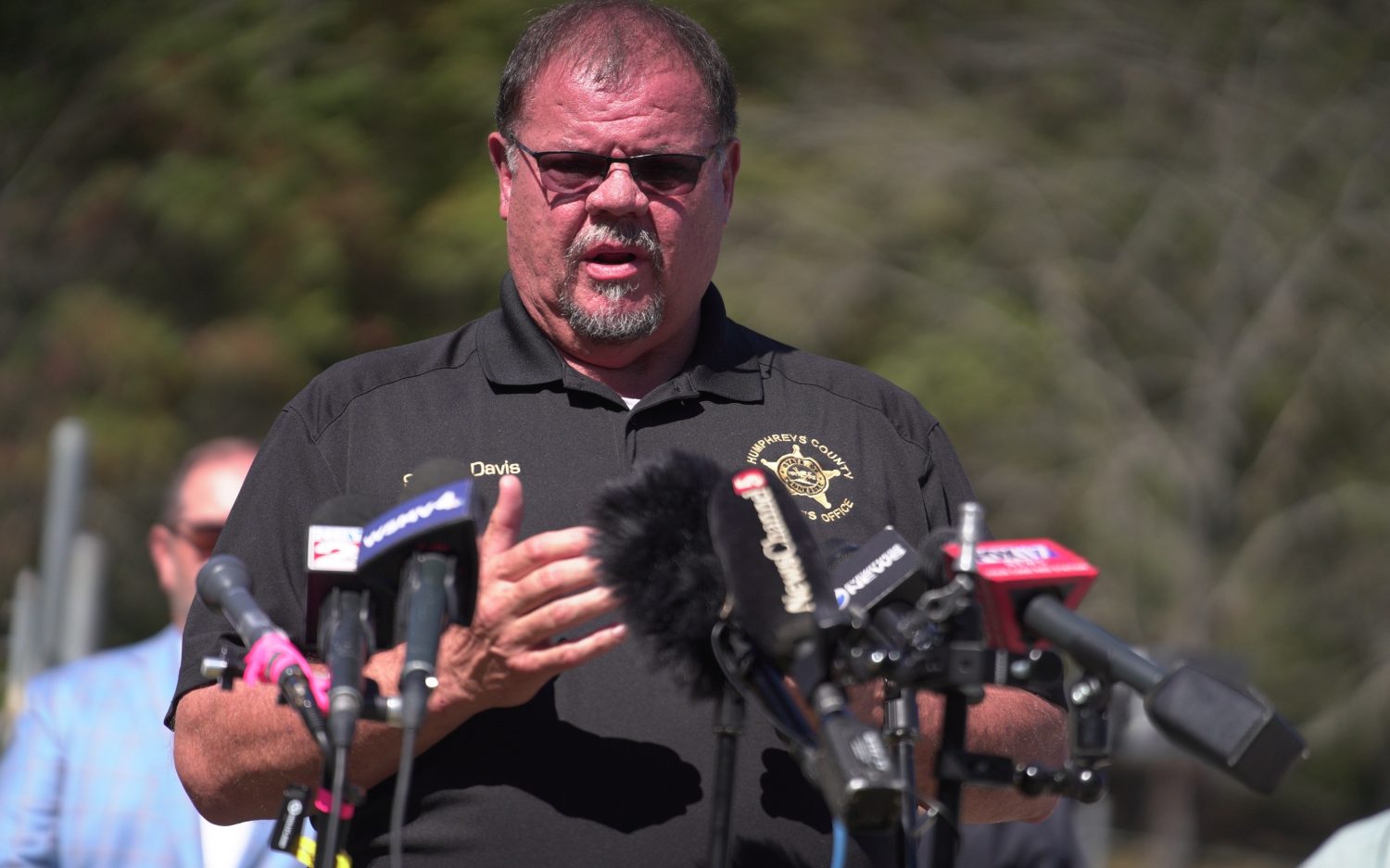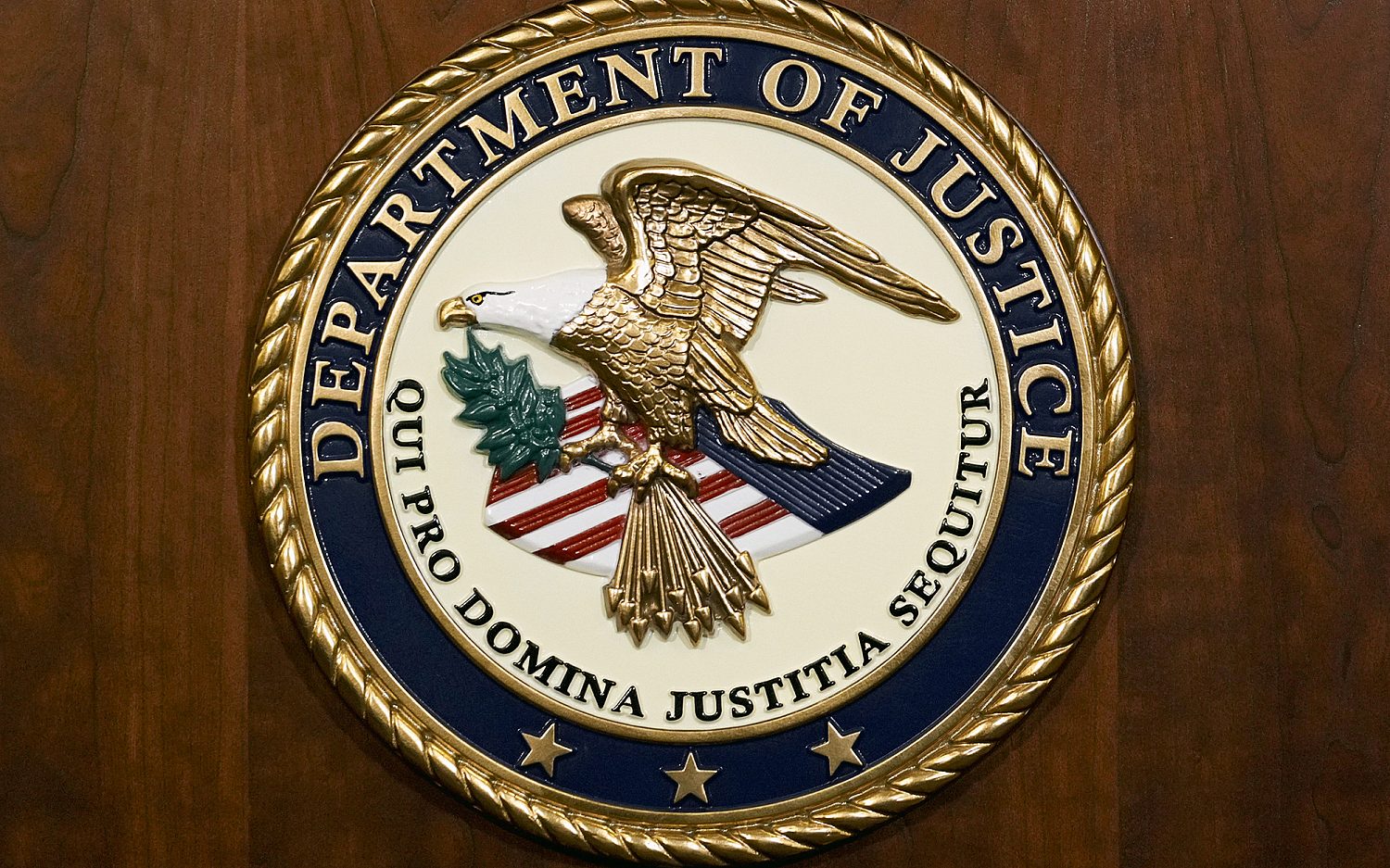Dumping grounds
New report shows increase in Virginia's trash importation for the first time since 2006
The amount of trash shipped to Virginia from other states for disposal grew last year for the first time since 2006, according to a report released Monday.
The report, compiled by Virginia's Department of Environmental Quality, notes that the state imported approximately 5.5 million tons of solid waste in 2010, compared to 5.3 million tons in the previous year. The trash was exported to Virginia by 24 states and several countries, including Mexico and Canada. Maryland topped the list with almost 2.2 million tons of waste exported to the Commonwealth. New York, Washington D.C. and North Carolina were also among the top trash exporters.
Virginia is the country's second largest trash importer, trailing only Pennsylvania. Virginia had been decreasing the total amount of trash imported, since its peak of 7.7 million tons in 2004.
The imported waste included approximately 206,000 tons of incinerator ash, 2,000 tons of asbestos, 217,000 tons of sludge, and 381,000 tons of industrial waste.
Facilities with waste management permits are required to provide information annually to the DEQ for the compilation of the statewide report.
According to the report, 76.8 percent of the waste was placed in a landfill, 12.65 percent was incinerated, and 6.27 percent was recycled or mulched.
Virginia's importation of trash was the subject of heavy debate in the 1990s and early 2000s. Although the debate has cooled off in recent years, environmentalist groups and Virginians living near landfills still voice concerns over the amount of trash brought into the Commonwealth each year.
During the 1970s, environmental regulations, such as the Resource Conservation and Recovery Act, required that open dumps be closed and replaced with landfills with appropriate technology to prevent environmental contamination. Virginia began to develop a waste management program in 1971, but it was not until 1988 that the state passed the Waste Management Act, prompting more than 200 facilities to close.
Private waste management companies, with enough resources to build costly new sanitary landfills, stepped in to take over closed dumps and build new ones. Virginia's inexpensive land, especially in the south-east portion of the state, was especially suited for the landfills.
But by the early 1990s, waste management companies realized that Virginia did not produce enough trash to financially support the facilities. After attempting to solve the problem by lowering disposal fees, waste management companies began to look outside of the Commonwealth's borders for trash. Virginia's location on the east coast made it possible to transport waste via trains, trucks or barges.
As Virginia waste management facilities searched for trash, landfills in New York, Massachusetts, New Jersey, and other states were reaching maximum capacity. Virginia's location and low disposal rates, when compared to other states, turned trash-importation into a booming industry.
"As Virginia's waste industry continues to grow, citizens have become concerned about these privately managed sites," wrote Ellyn Krevitz in her 2009 essay on Virginia's waste importation in Policy Perspectives. "Many Virginians, grassroots organizations, and state legislators are wary of potential negative effects associated with waste importation, including environmental and health hazards, and the Commonwealth's reputation as a dumping ground for other states."
Those opposing Virginia's importation of waste point to the dangers of landfills which include: groundwater contamination, the production of methane, and the emission of foul odors. Waste management companies contend that the importation of trash provides Virginia counties with a source of revenue, through host fees, and that landfills are safer than ever, since each one operates under strict state and federal standards.
The Virginia public outcry over trash importation peaked in 1999. During a press conference, then-Gov. Jim Gilmore, wearing goggles, a mask, and rubber gloves, showed the crowd bloody medical waste that had been smuggled into the state from New York. "It's a violation of the order, and it's something we're just not going to put up with," said Gilmore, according to The Virginian-Pilot.
But the battle over waste importation was effectively ended in 2002 when the Supreme Court ruled that garbage was protected by the Commerce Clause of the Constitution as free trade.
Today, Virginia has over 200 facilities that accept solid waste, including 15 mega-landfills. The state's landfill capacity is more than 20 years. According to the DEQ, approximately 10,000 acres of land has established for landfills. The Atlantic Waste facility in Waverly, Va. is the state's largest landfill, and the fourth largest landfill in the nation, according to Waste & Recycling News.
The Associated Press contributed to this report.
An actual newsletter worth subscribing to instead of just a collection of links. —Adam
Sign up to receive The Sift email newsletter each weekday morning for the latest headlines from WORLD’s breaking news team.




Please wait while we load the latest comments...
Comments
Please register, subscribe, or log in to comment on this article.